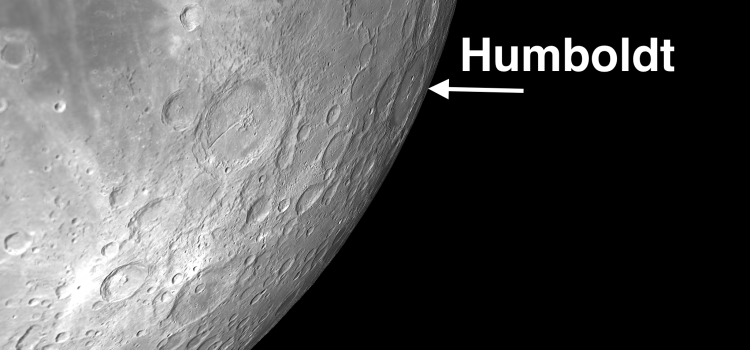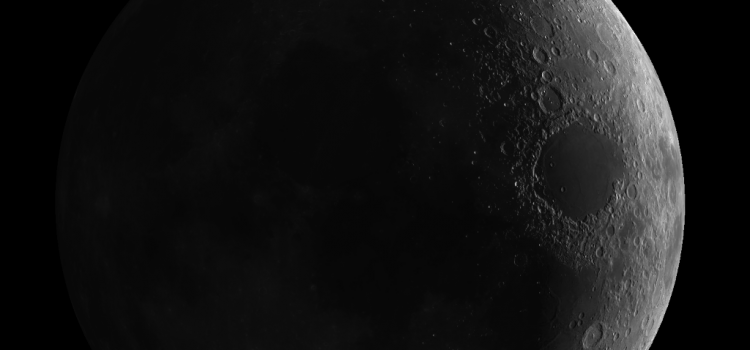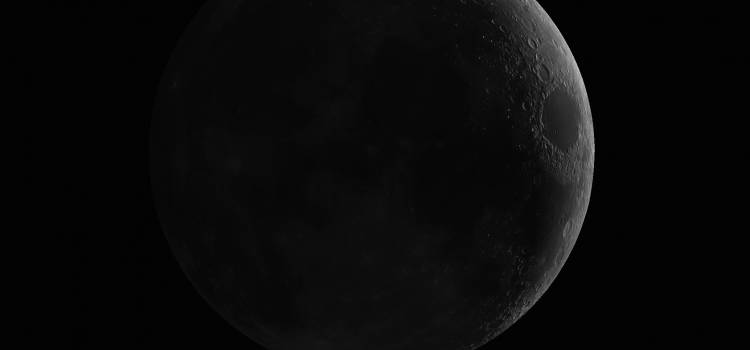The week of May 16-22 takes us from Day 16 to Day 23. This week we will highlight the moon crater Aristarchus. Aristarchus: [NW/G5; L=47°W] The moon crater Aristarchus is the brightest spot on the Moon. It is so bright
Brightest Spot on the Moon: Moon Crater Aristarchus



